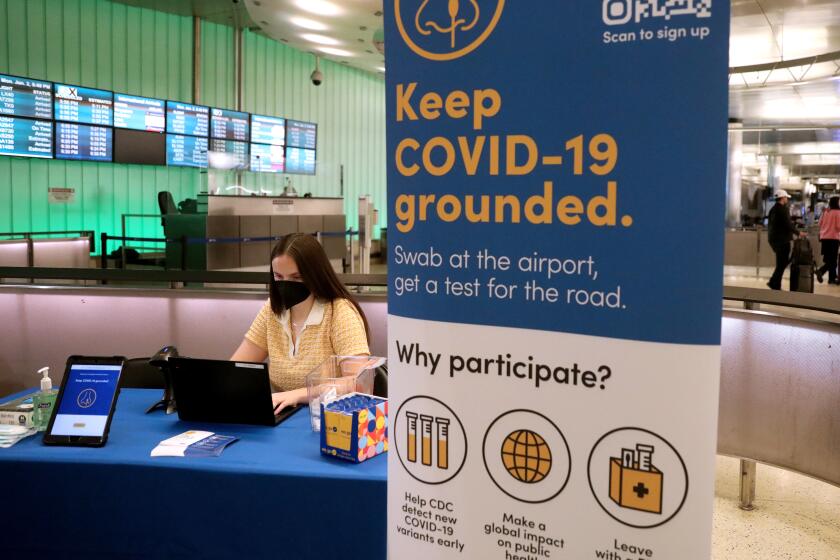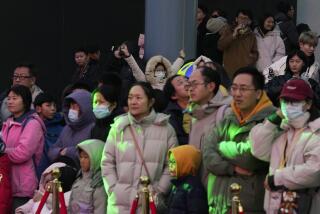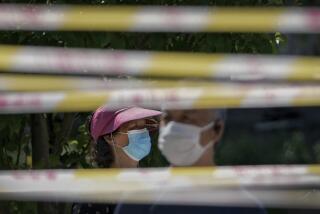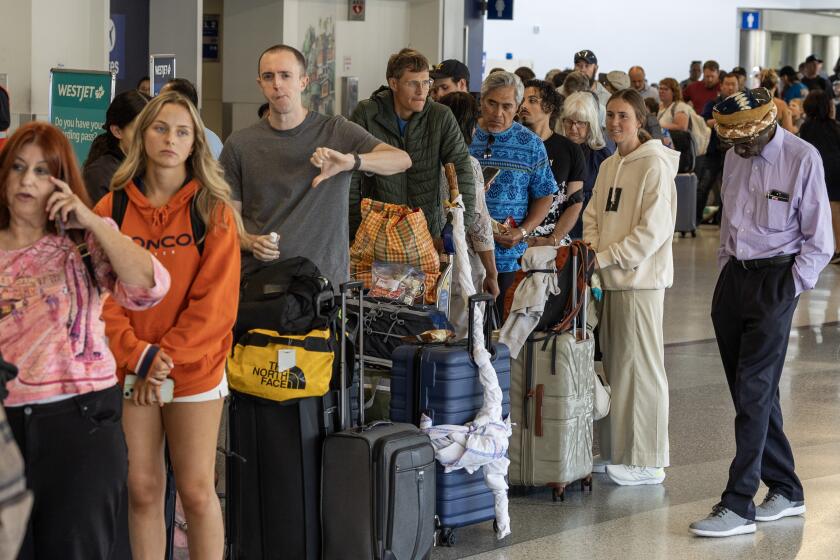China reports almost 60,000 COVID-related deaths, says peak has passed
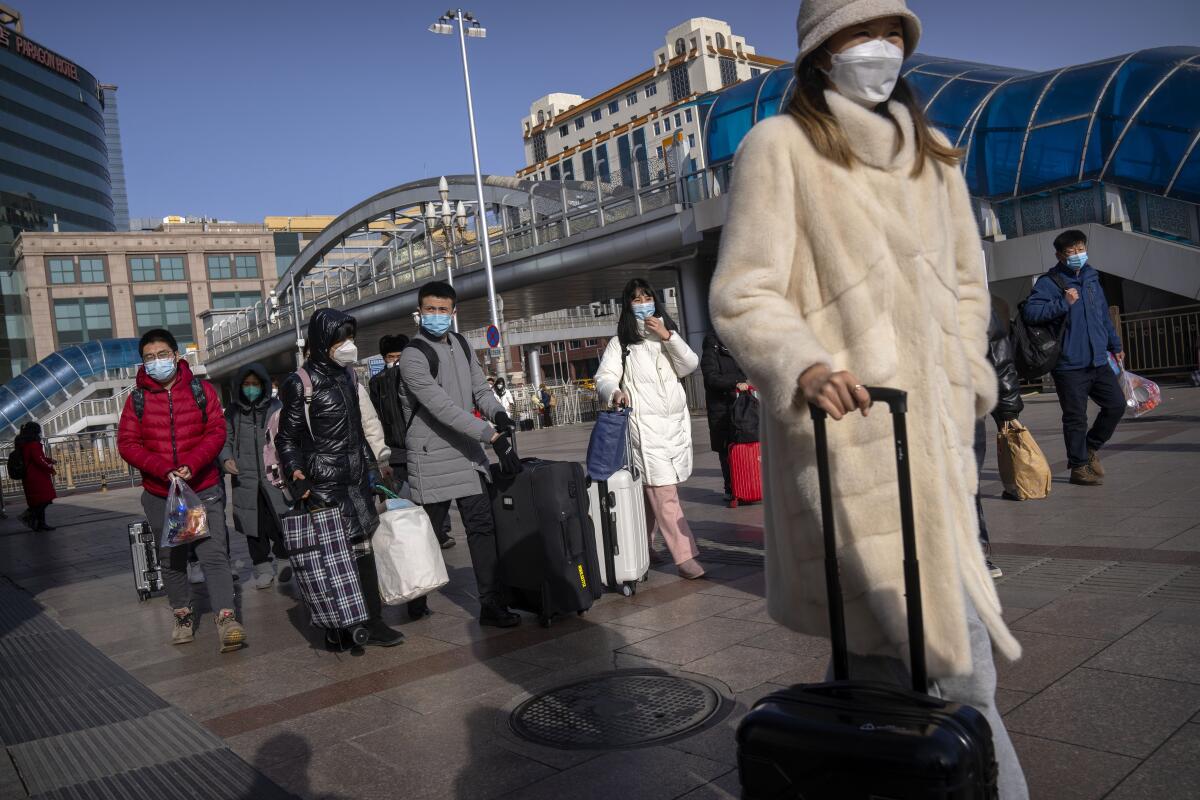
China on Saturday reported nearly 60,000 deaths among people who had COVID-19 since early December, offering hard numbers for an unprecedented surge that was apparent in overcrowded hospitals and packed crematoriums, even as the government released little data about the status of the pandemic for weeks.
Those numbers may underestimate the toll, though Beijing said the “emergency peak” of its latest surge may have passed.
The toll included 5,503 deaths due to respiratory failure caused by COVID-19 and 54,435 fatalities from other ailments combined with COVID-19 since Dec. 8, the National Health Commission announced. It said those “deaths related to COVID” occurred in hospitals, which left open the possibility more people also might have died at home.
The report would more than double China’s official COVID-19 death toll to 10,775 since the disease was first detected in the central city of Wuhan in late 2019.
China stopped reporting data on COVID-19 deaths and infections after abruptly lifting anti-virus controls in early December despite a surge in infections that began in October and has filled hospitals with feverish, wheezing patients.
The World Health Organization and other governments appealed for information after reports by city and provincial governments suggested as many as hundreds of millions of people in China might have contracted the virus.
Infection numbers now appear to be falling based on a decline in the number of patients visiting fever clinics, said National Health Commission official Jiao Yahui.
The daily number of people going to those clinics peaked at 2.9 million Dec. 23 and had fallen by 83% to 477,000 on Thursday, Jiao said.
“These data show the national emergency peak has passed,” Jiao said at a news conference.
Whether China truly has passed a COVID-19 peak is hard to assess, said Dr. Dale Bratzler, chief COVID officer at the University of Oklahoma and head of quality control at the university’s hospital.
“That’s difficult to know,” Bratzler said. “China quarantined people indoors, there are many people unvaccinated, the people are vulnerable.”
Dr. Albert Ko, an infectious disease physician at the Yale School of Public Health, said the number of reported COVID-19 deaths in China may be a “significant underestimation” because of how they’re defined.
“They’re using a very narrow case definition,” Ko said. “They have to have respiratory failure. ... In order to be counted as a case you have to be at a place where they can say you fulfilled all the requirements, and that’s at a hospital.”
Hospitals in China, Ko said, are mostly in large cities where COVID outbreaks have been reported, not in isolated rural areas.
“This is the Lunar New Year, people are traveling, going to the countryside where the population is vulnerable,” Ko said. “We’re really worried about what’s going to happen in China as this outbreak moves to the countryside.”
For nearly three years, China had kept its infection rate and deaths far lower than those of the United States and some other countries at the height of the pandemic with a “zero-COVID” strategy that aimed to isolate every case. That shut down access to some cities, kept millions of people at home and sparked angry protests.
Those rules were suddenly eased in early December after some of the largest shows of public dissent against the ruling Communist Party in more than 30 years. That set off new problems in a country that relies on domestically developed vaccines that are less reliable than others used globally, and where older people — those more susceptible to dying from the virus — are less likely to be vaccinated than the general population.
The Health Commission said the average age of people who had died since Dec. 8 was 80.3 years, and 90.1% were 65 or older. It said more than 90% of people who died had cancer, heart or lung diseases or kidney problems.
“The number of elderly patients dying from illness is relatively large, which suggests that we should pay more attention to elderly patients and try our best to save their lives,” Jiao said.
The CDC has a new plan to get a jump on new coronavirus variants — asking LAX passengers arriving from overseas to swab their noses for the sake of science.
The United States, South Korea, Japan and several other countries have imposed virus testing and other controls on people arriving from China. Beijing responded Wednesday by suspending issuance of new visas to travelers from South Korea and Japan.
This month, WHO Director-General Tedros Adhanom Ghebreyesus said agency officials met with Chinese authorities to underline the importance of sharing more details about COVID-19 issues, including hospitalization rates and genetic sequences.
More to Read
Sign up for Essential California
The most important California stories and recommendations in your inbox every morning.
You may occasionally receive promotional content from the Los Angeles Times.
